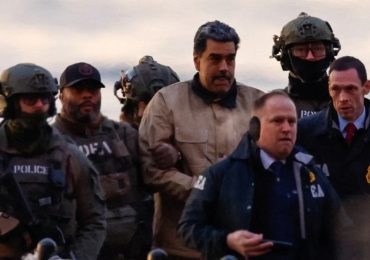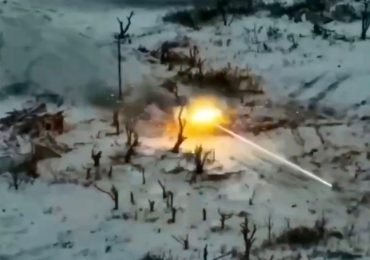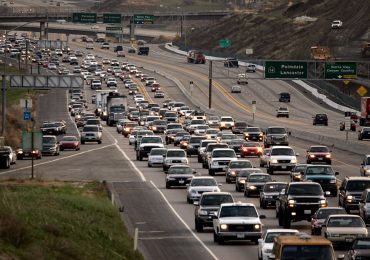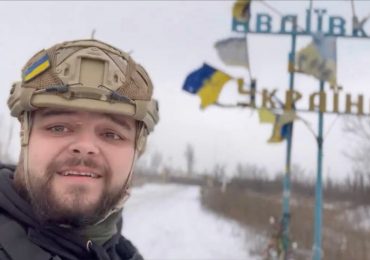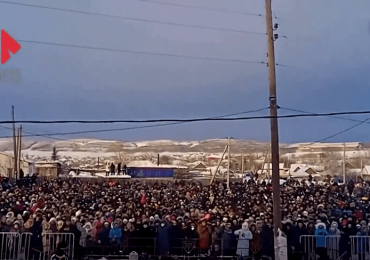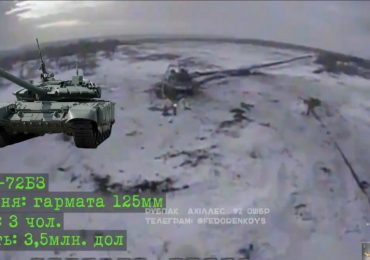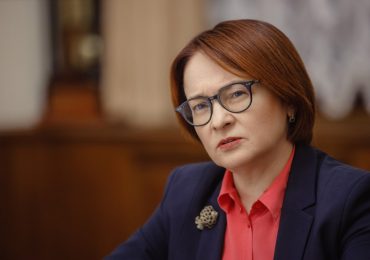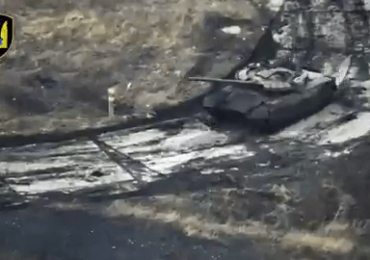SEISMIC activity in southwestern Iceland has decreased in size and intensity but risks of a volcanic eruption remain, authorities said.
Aerial footage appears to show a huge crack billowing steam in Grindavik, splitting the Icelandic town in half.
Twitter / @WxNB_Cracks have already begun to appear on roads in the town of Grindavik due to volcanic activity[/caption]
ReutersThe huge crack has split the Icelandic town in half as fears of an eruption loom[/caption]
Experts said a nine-mile river of magma running under the peninsula is still active, the BBC reports.
They added that Grindavik would remain evacuated overnight, as the situation continues to be monitored on a “minute by minute” basis.
The Icelandic Meteorological Office said on Monday there was a “significant likelihood” of an eruption in coming days on or just off the Reykjanes peninsula near the capital Reykjavik, despite the size and intensity of earthquakes decreasing.
“We believe that this intrusion is literally hovering, sitting in equilibrium now just below the earth’s surface,” said Matthew James Roberts, director of the service and research division at the meteorological office.
“We have this tremendous uncertainty now. Will there be an eruption and if so, what sort of damage will occur?” he said.
Thorvaldur Thordarson, professor in vulcanology at the University of Iceland, said most recent data indicated a smaller risk of an eruption in the area around the town of Grindavik.
Grindavik is just 15km south of Keflavik International Airport, but flights are still arriving and departing as normal.
It comes as almost 4,000 people were urged to flee their homes after 1,000-strong earthquakes shook the Fagradalsfjall volcano into activity last week.
The Fagradalsfjall could now be on course for its fourth eruption in two years.
Located between the Eurasian and the North American tectonic plates, among the largest on the planet, Iceland is a seismic and volcanic hot spot as the two plates move in opposite directions.
The country has since declared a state of emergency, with the UK foreign office warning that “no travel can be guaranteed safe”.
Inhabitants of Grindavik described being whisked from their homes in the early hours of Saturday as the ground shook, roads cracked and buildings suffered structural damage.
Belgian-born Hans Vera, 56, has lived in Iceland since 1999 and said there had been a constant shaking of his family’s house.
“You would never be steady, it was always shaking, so there was no way to get sleep,” said Vera, who is now staying at his sister-in-law’s home in a Reykjavik suburb.
“It’s not only the people in Grindavik who are shocked about this situation it’s the whole of Iceland.”
Almost all of the town’s 3,800 inhabitants had been able to find accommodation with family members or friends, and only between 50 and 70 people were staying at evacuation centres, a rescue official said.
Some evacuees were briefly allowed back into the town on Sunday to collect belongings such as documents, medicines or pets, but were not allowed to drive themselves.
“You have to park your car five kilometres from town and there’s 20 cars, huge cars from the rescue team, 20 policemen, all blinking lights, it’s just unreal, it’s like a war zone or something, it’s really strange,” Vera said.
It comes after a British woman filmed her boyfriend’s house shaking before they were forced to flee amid euption fears.
Caitlin McLean, from Scotland, was visiting her boyfriend Gisli Gunnarsson when a series of earthquakes led to the evacuation of 3,000 people from Grindavik.
Ms McLean, 34, captured the moment the furniture and light fixtures shook violently in Mr Gunnarsson’s home on Friday.
The couple packed only a few essential items to stay with Mr Gunnarsson’s mother in Reykjavik.
The Reykjanes peninsula is a volcanic and seismic hot spot southwest of the capital.
In March 2021, lava fountains erupted spectacularly from a fissure in the ground measuring between 500-750 metres long in the region’s Fagradalsfjall volcanic system.
Volcanic activity in the area continued for six months that year, prompting thousands of Icelanders and tourists to visit the scene.
In August 2022, a three-week eruption happened in the same area, followed by another in July of this year.
Twitter / @WxNB_The huge crack also cut through what seems to be a carpark[/caption]
AFPThe Fagradalsfjall volcano in Iceland is on course for its fourth eruption in two years[/caption]
GettyThe Fagradalsfjall volcano erupted as recently as July[/caption]
Leave a comment




